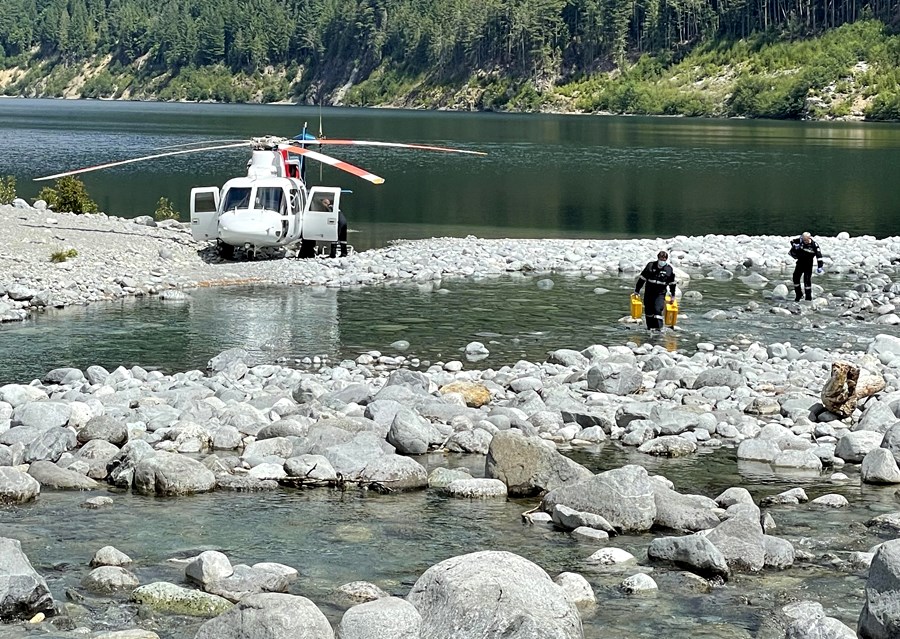It's the middle of summer and trips to lakes, rivers and the ocean are common.
It's also a time of the year when drownings are a concern: two-thirds of all drownings happen between May and September. They're the third leading cause for accidental deaths in Canada; and the second leading cause for children. Each year, 400 people drown in Canada, according to the Lifesaving Society of Canada (LSC), and the vast majority of them are preventable.
"Statistics show that almost 70% of drowning victims never intended to go into the water and were often within 15 metres of safety," they say in a press release.
Kamloops Search and Rescue manager Alan Hobler said that while animal attacks are often what people worry about when travelling in B.C.'s wilder parts, it's water that claims people's lives.
"I've never seen anyone killed by a cougar or bear, but I've seen dozens and dozens and dozens of people who'd drowned," he said in a previous interview with Glacier Media. "And not one of them had been wearing a life jacket."
"Every single one of them was preventable."
While national drownings appear to be relatively even over the past decade (between 400 and 500), it seems the number of accidental drownings is slowly declining in B.C. In a report from the BC Coroners Service, 91 deaths were recorded in 2008; it's the earliest year in the report and also the highest number; in 2016, the last year of the report, there were 47, the lowest number by far.
According to statistics from the LSC, there were 41 in 2017 and 55 in 2018. More recent data is unofficial, but preliminary reports show 43 in 2020, the organization says.
So far in 2021, they have records for 26 deaths. All but one were out in nature.
B.C. is currently at the time of year when most drownings happen. The coroners' report shows drownings historically rise throughout the summer, with August the peak. In September, it drops drastically.
Nearly 80% of drowning victims in B.C. are men. Most happen out in nature, with lakes or ponds the site of 35% of deaths. Rivers are close behind at 30%, with the ocean in third at 15%. Bathtubs (7%) and pools (5%) make up most of the rest, according to the LSC's most recent data.
In deaths involving children, distracted or absent supervision played a factor in 92% of fatalities.
Along with personal flotation devices, alcohol and being alone were regular factors in drownings.
"I've talked to people heading out on boats not wearing PFDs (personal flotation devices) and they all seem perfectly willing to take the risk," Hobler said. "But for me, I see the families afterwards; they're living the consequences of that person's decision."




